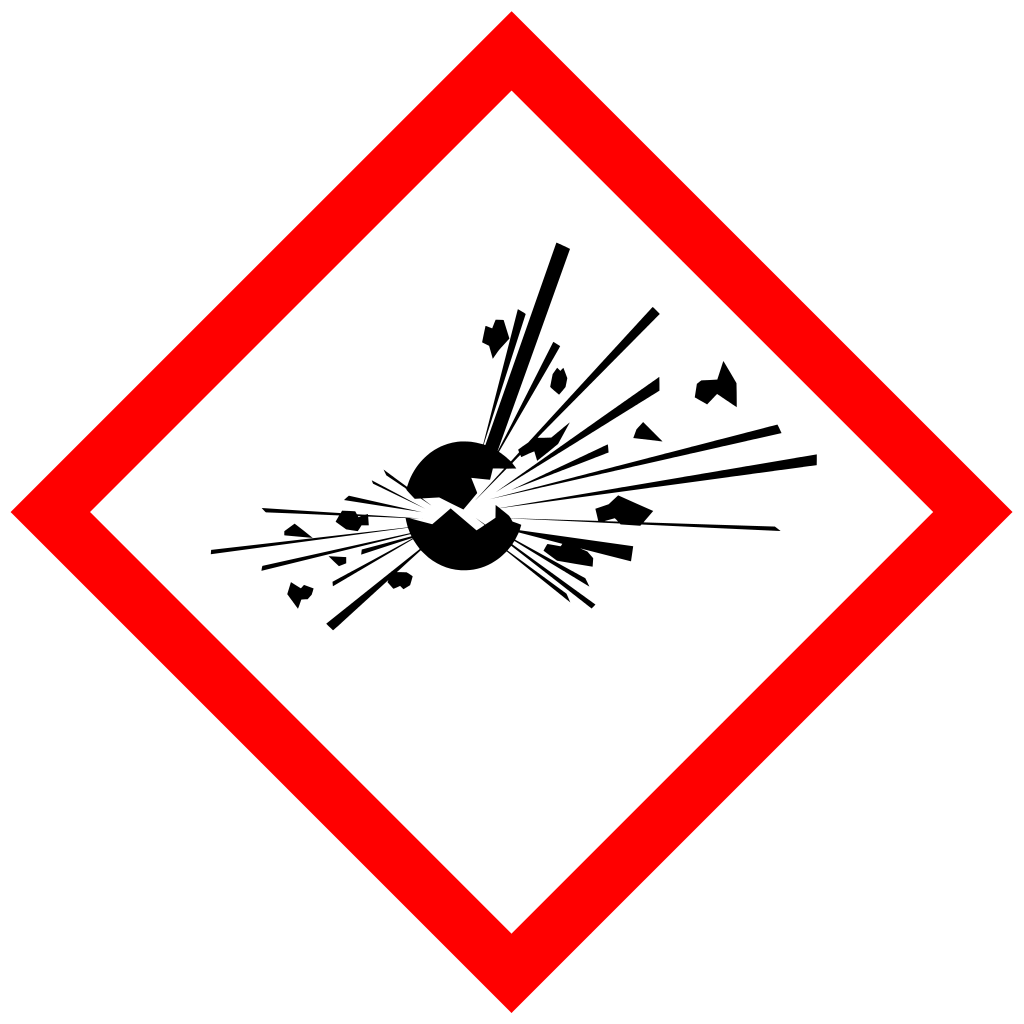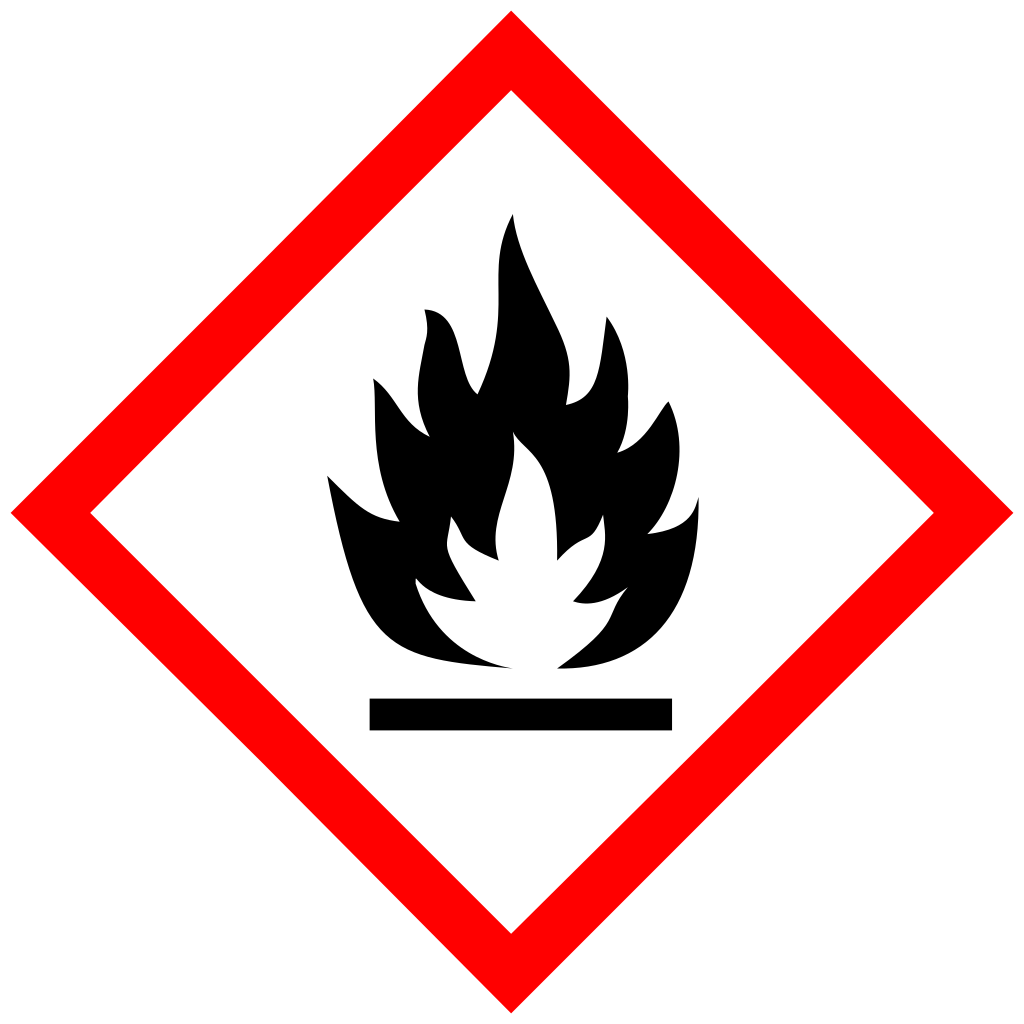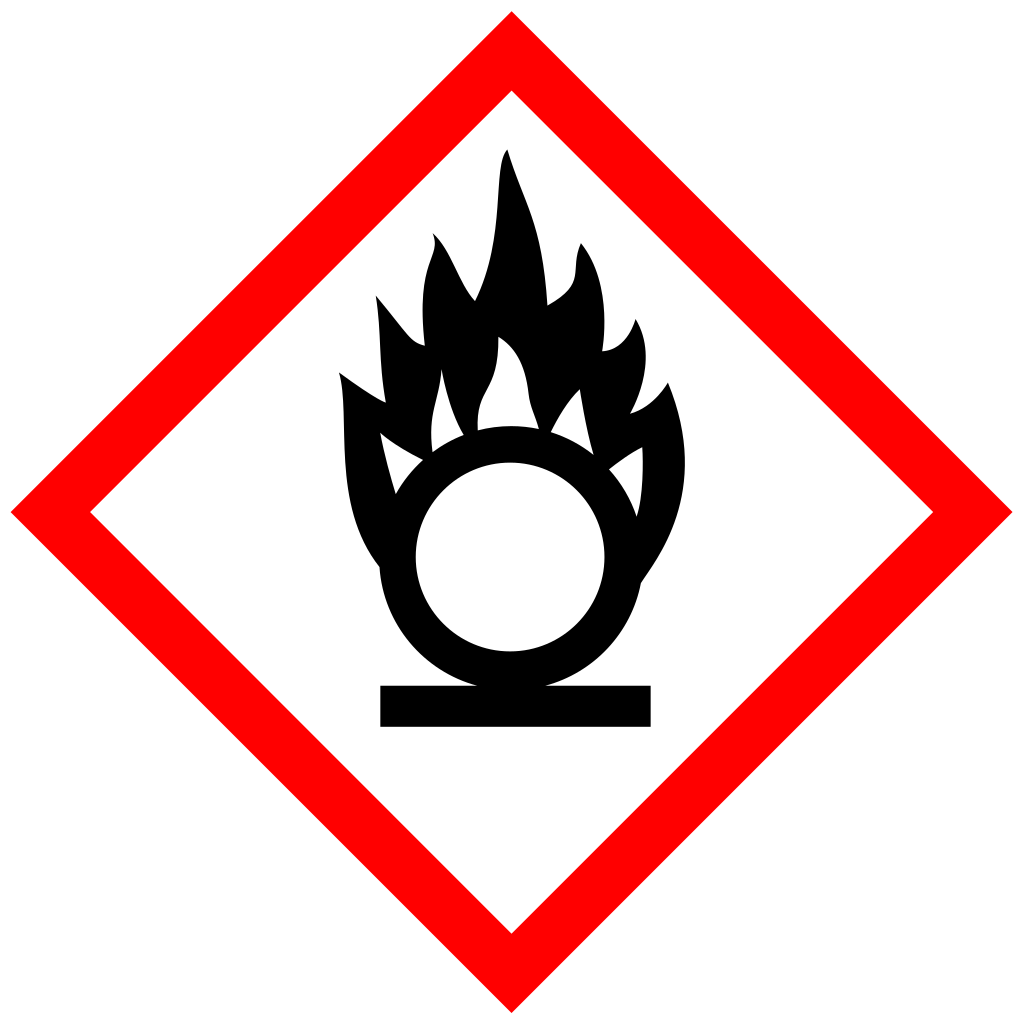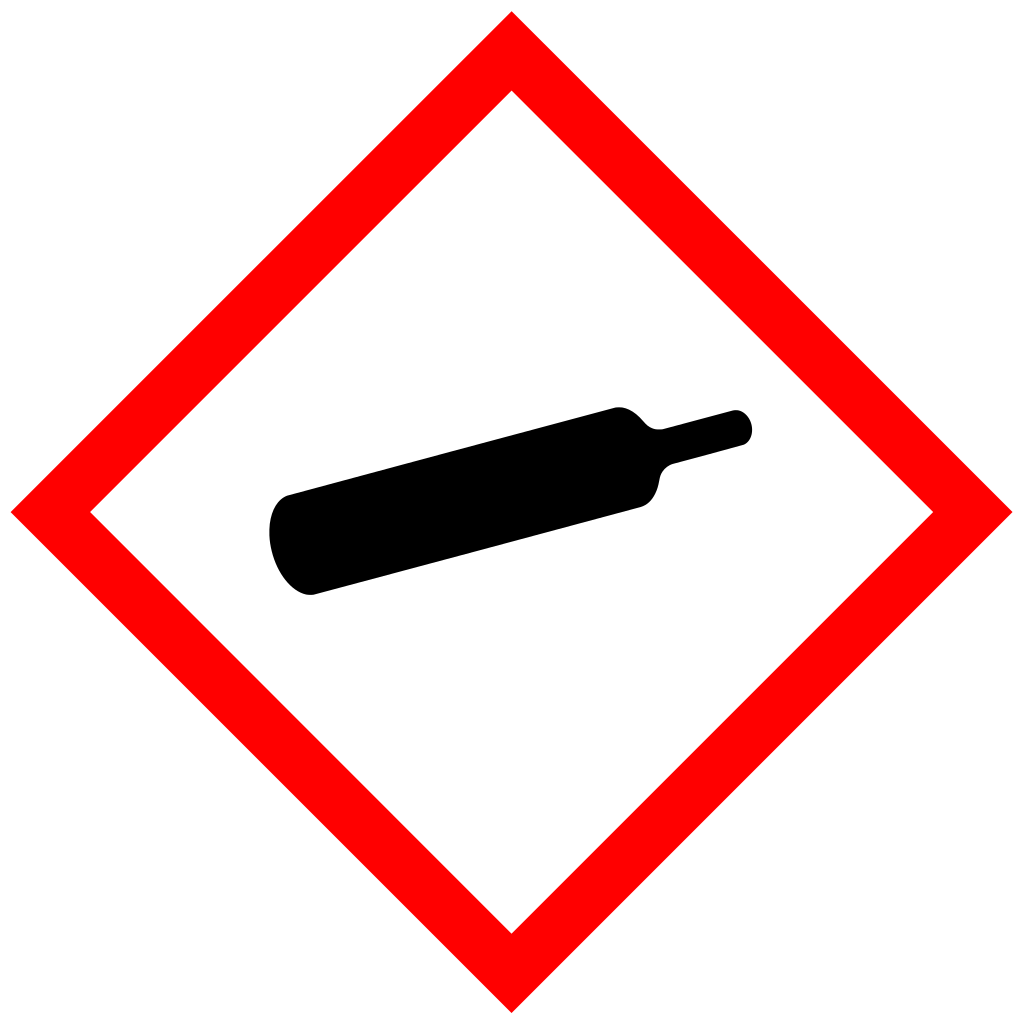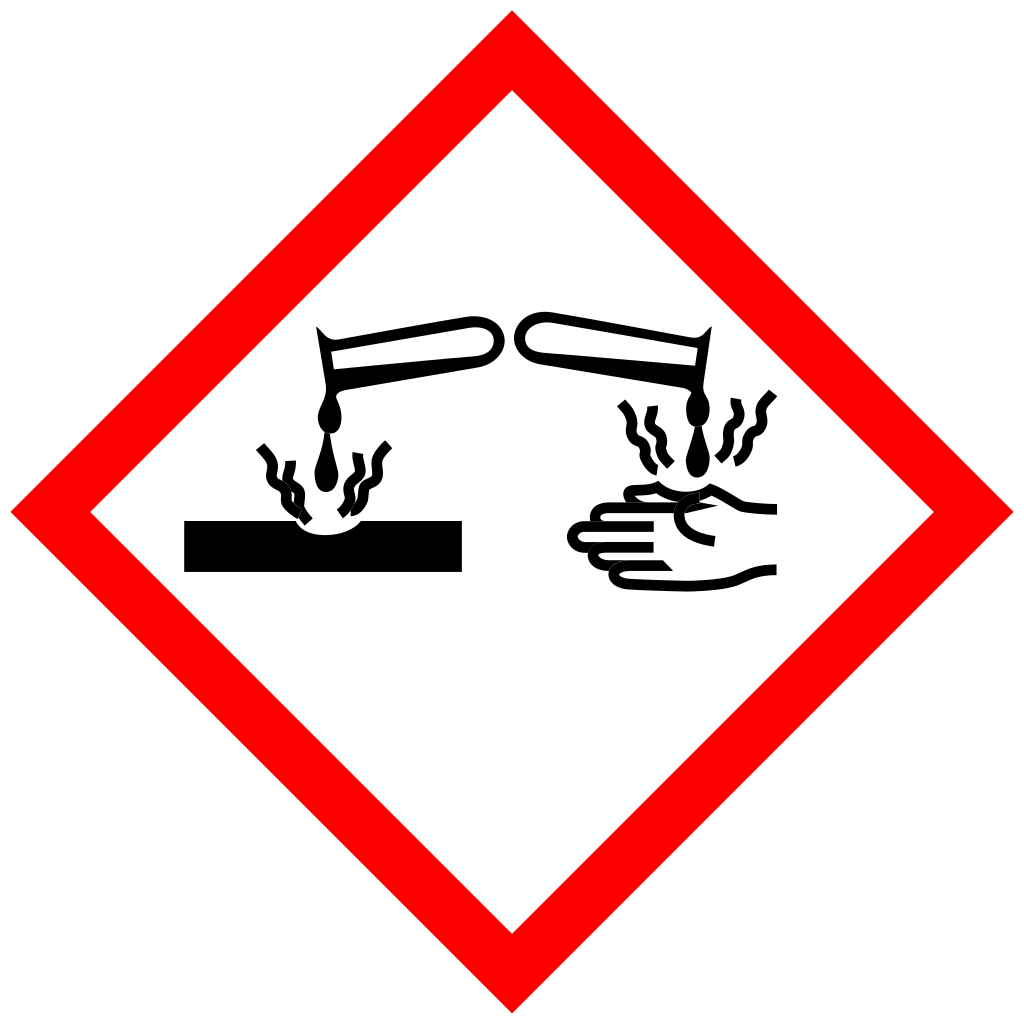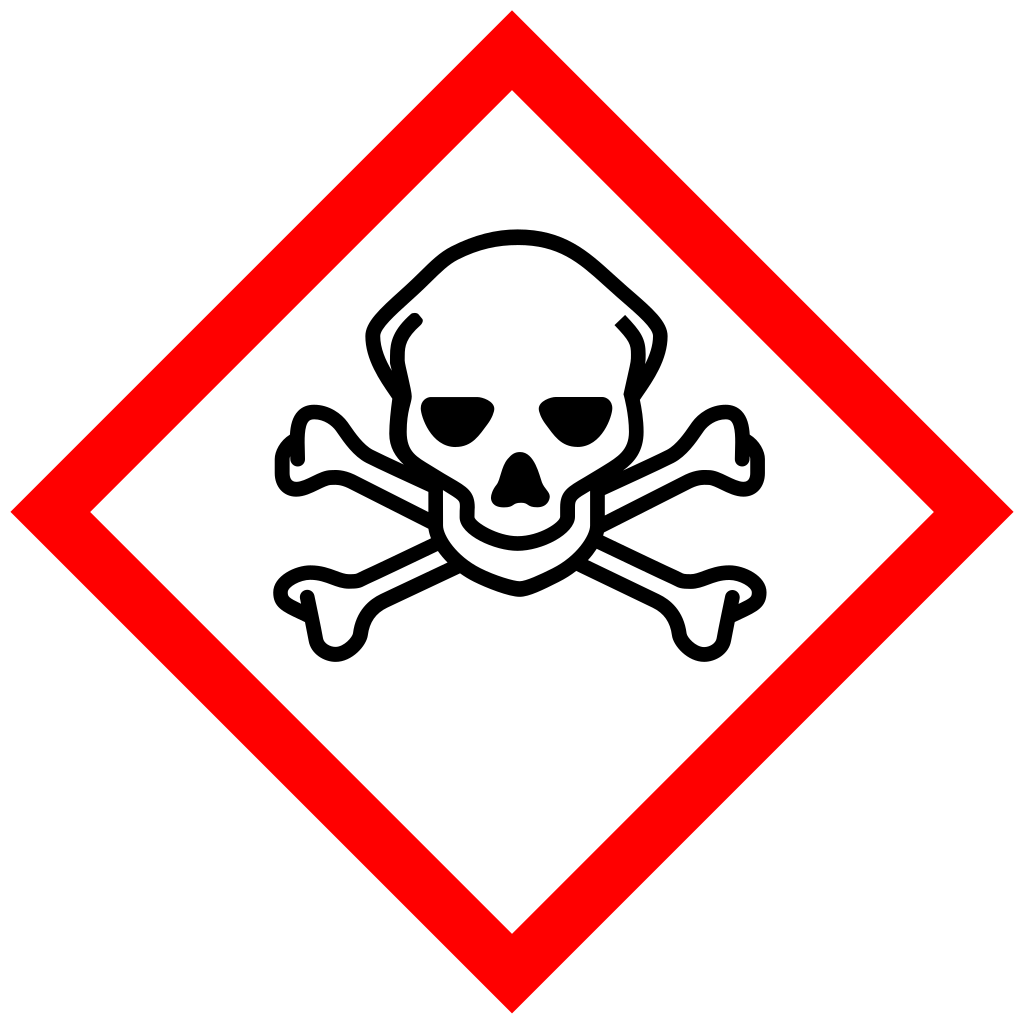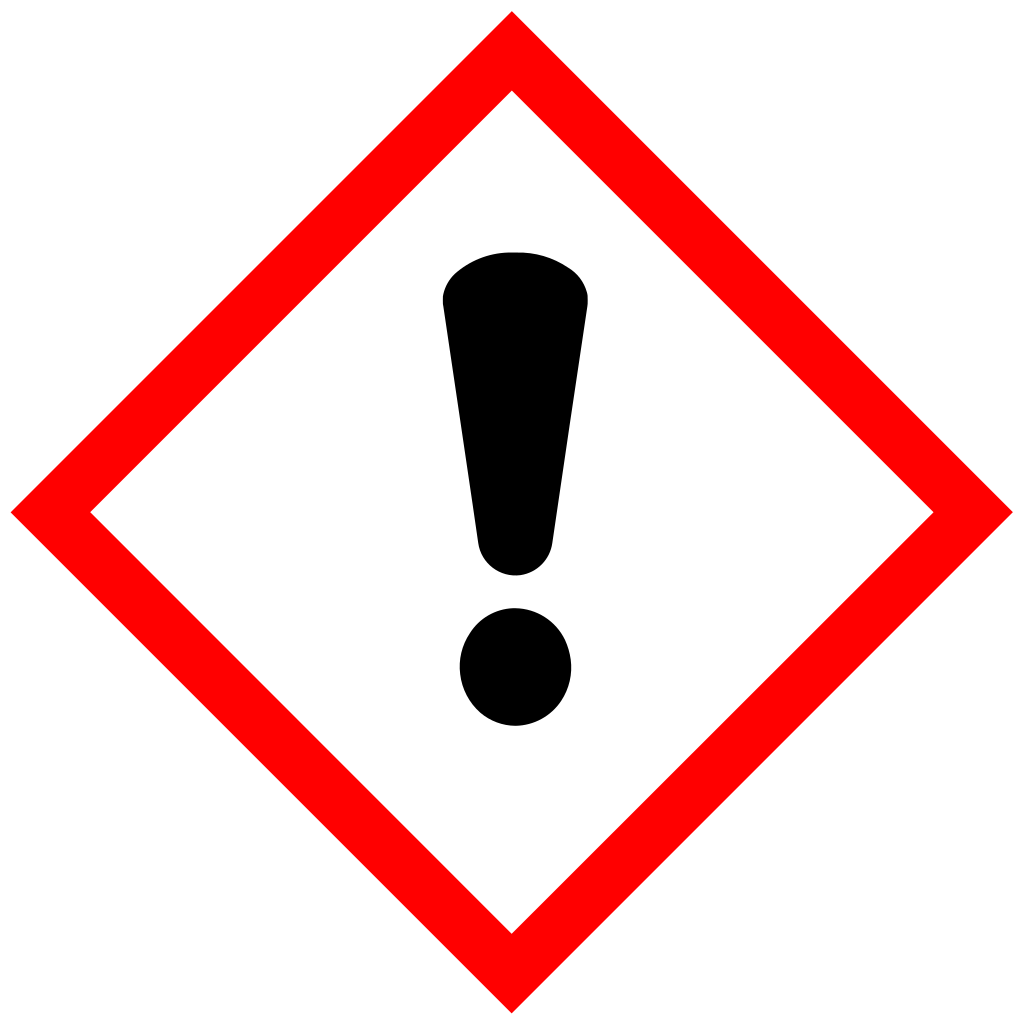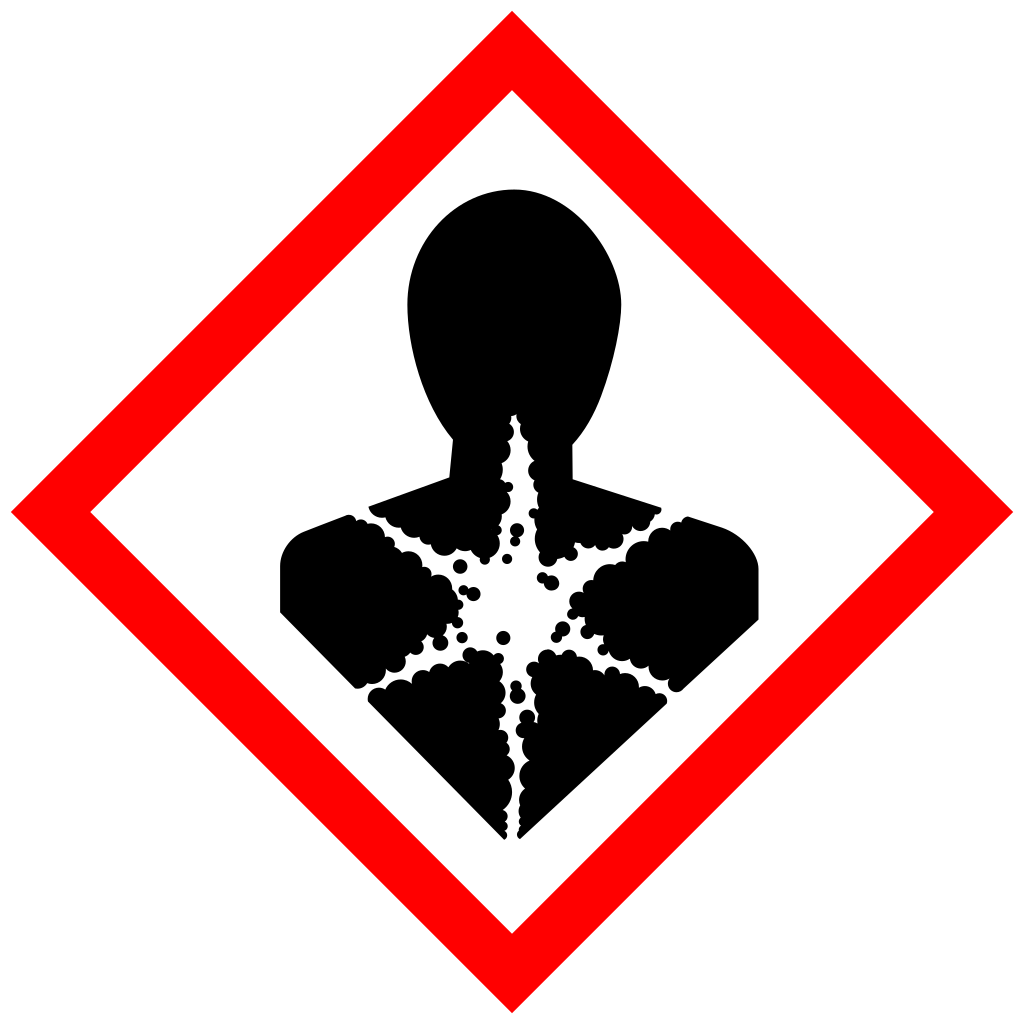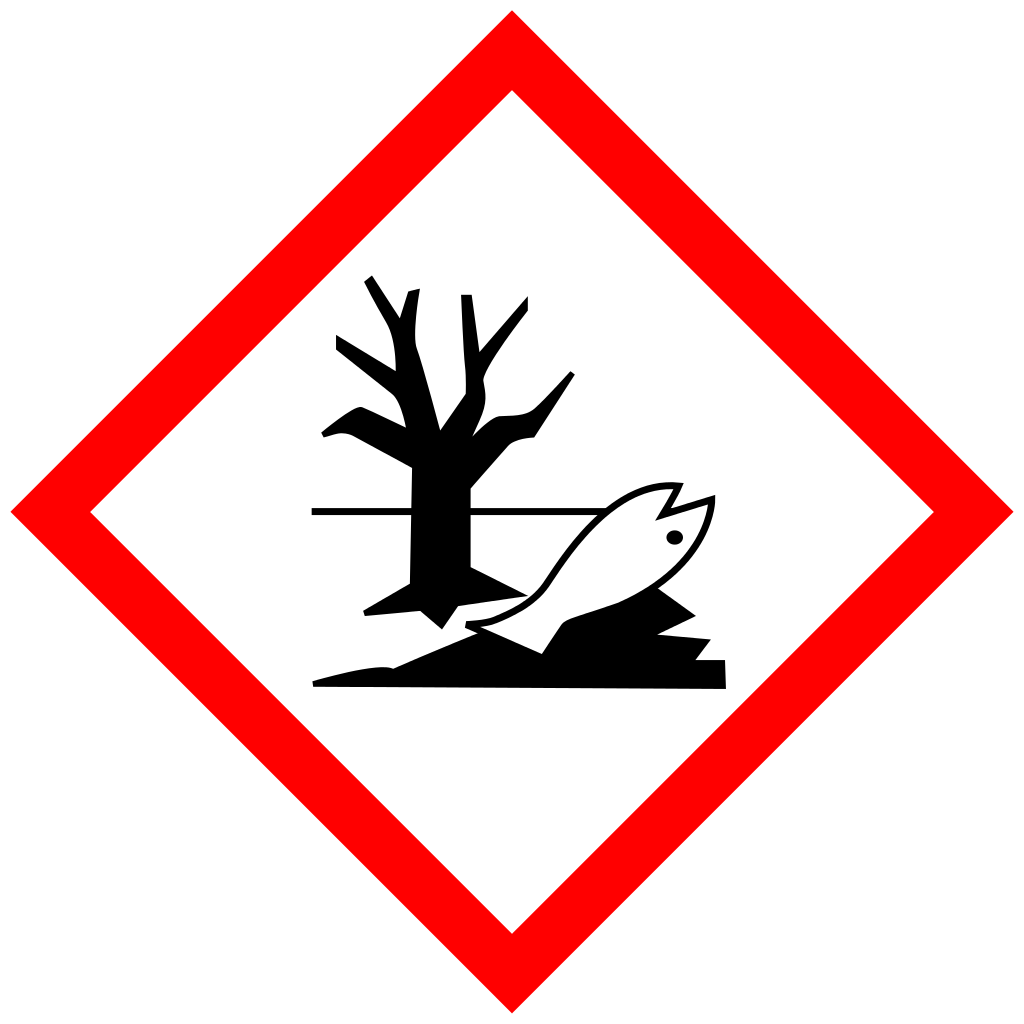Classification, Labelling and Safety Data Sheet of Hazardous Chemicals Regulations 2013
Key Information
Regulations to make further provisions for the classification, packaging, labelling, and safe handling of hazardous chemicals in the workplace to ensure the protection of persons and property at the workplace.
Source: DOSH - P.U. (A) 310
PART I - PRELIMINARY
Regulation 1. Citation and commencement
These regulations may be cited as the Occupational Safety and Health (Classification, Labelling and Safety Data Sheet of Hazardous Chemicals) Regulations 2013.
Regulation 2. Application
(1)
These Regulations shall apply to chemicals supplied for use at a place of work.
(2)
These Regulations shall not apply to—
(a)
a chemical which is—
(i)
a radioactive material as defined under the Atomic Energy Licensing Act 1984 [Act 304];
(ii)
scheduled waste as defined under the Environmental Quality (Scheduled Wastes) Regulations 2005 [P.U. (A) 294/2005]; and
(iii)
a cosmetic or product as defined under the Control of Drugs and Cosmetics Regulations 1984 [P.U. (A) 223/1984];
(b)
a chemical used for scientific research and development, or trial purposes which—
(i)
is not for sale in the market;
(ii)
does not exceed five kilograms in capacity; and
(iii)
adequate information on the safe use of the chemical is made available by the supplier;
(c)
a manufactured item, other than a fluid or particle, which—
(i)
forms to a specific shape or design during manufacture;
(ii)
has end use function dependent in whole or in part upon its shape or design during end use; and
(iii)
under normal conditions of use, does not release significant quantity of chemical which poses physical hazard or risk to health.
(a)
a chemical which is a pesticide as defined under the Pesticides Act 1974 [Act 149]; and
(b)
a chemical in transit prior to export which is stored at any storage area.
Regulation 3. Interpretation
In these Regulations—
“chemical” means—
(a)
a substance which is a chemical element and its compounds in the natural state or obtained by any manufacturing process, including any additive necessary to preserve its stability and any impurity deriving from the process used, but excluding any solvent which may be separated without affecting the stability of the element and its compounds, or changing its composition; and
(b)
a chemical mixture which is a mixture or solution composed of two or more substances which do not react,
for use at a place of work, including an alloy;
“hazardous chemical” means a chemical classified as a hazardous chemical under regulation 4;
“occupational health doctor” means a medical practitioner who is registered with the Director General to conduct medical surveillance programmes of employees;
“Safety Data Sheet” means an updated information sheet required under Part V containing information relevant to hazardous chemicals;
“signal word” means a word used to indicate the relative level of severity of hazards and alert the reader to a potential hazard of a hazardous chemical on a label as follows:
(a)
“Warning”, which indicates the less severe hazard categories; and
(b)
“Danger”, which indicates the more severe hazard categories;
“hazard category” means the division of criteria within each hazard class specifying hazard severity as specified in the First Schedule;
“hazard class” means the nature of the physical, health or environmental hazard of a hazardous chemical as specified in the First Schedule;
“CAS Registry Numbers” means the Chemical Abstracts Service Registry Numbers;
“supplier” means a person who supplies a hazardous chemical, including a principal supplier and subsidiary supplier;
“subsidiary supplier” means a supplier who repacks, distributes or retails a hazardous chemical;
“principal supplier” means a supplier who formulates, manufactures, imports, recycles or reformulates a hazardous chemical;
“chemical recipient” means a person who receives a hazardous chemical from a supplier;
“product identifier” means the name or number used on a label to provide a unique means by which a hazardous chemical may be identified within a particular setting;
“hazard classification” means the result of classification of a chemical which consists of hazard class and hazard category as specified in the First Schedule;
“hazard identification” means information consisting of hazard classification, signal word, hazard pictogram, hazard statement, precautionary statement and any other hazard which is not the result of classification;
“manufacturer” means a person who manufactures a hazardous chemical for sale or for his own consumption;
“importer” means a person who imports a hazardous chemical for sale or exchange, or for his own consumption, including a trading agent;
“hazard statement” means a statement assigned to a hazard class and hazard category that describes the nature of hazards of a hazardous chemical, including, where appropriate, the degree of hazard as specified in the First Schedule;
“precautionary statement” means a phrase which describes recommended measures to minimize or prevent adverse effects resulting from exposure to a hazardous chemical, or improper storage or handling of a hazardous chemical, as specified in Part 3 of the Industry Code of Practice;
“hazard pictogram” in relation to the labelling of a hazardous chemical, means a graphical composition conveying specific information on the hazard concerned as specified in the Second Schedule;
“Industry Code of Practice” means the Industry Code of Practice on Chemicals Classification and Hazard Communication approved by the Minister under section 37 of the Act.
PART II - CLASSIFICATION
Regulation 4. Duty of principal supplier to classify chemical as hazardous chemical
(1)
Subject to subregulation (2), a principal supplier shall classify a chemical as a hazardous chemical in accordance with the list of classified chemicals specified in Part 1 of the Industry Code of Practice.
(2)
If the chemical to be classified is not listed as a classified chemical in Part 1 of the Industry Code of Practice, the classification of the chemical as a hazardous chemical shall be in accordance with the physical, health and environmental hazard of the chemical as specified in Part 2 of the Industry Code of Practice.
(3)
If the Director General finds that there is inconsistency in the classification of the same chemical, the Director General may determine the classification based on the list of classified chemicals in Part 1 of the Industry Code of Practice and in accordance with the physical, health and environmental hazard of the chemical as specified in Part 2 of the Industry Code of Practice.
(4)
Upon the determination on the classification of a chemical as a hazardous chemical by the Director General under subregulation (3), the principal supplier shall comply with such determination.
(5)
A principal supplier who contravenes subregulation (1), (2) or (4) commits an offence and shall, on conviction, be liable to a fine not exceeding ten thousand ringgit or to imprisonment for a term not exceeding one year or to both and, in the case of continuing offence, to a fine not exceeding one thousand ringgit for every day or part of the day during which the offence continues after conviction.
Regulation 5. Record of classification
(1)
A principal supplier shall record the classification of chemicals as hazardous chemicals made under regulation 4 in such form and manner specified in Part 2 of the Industry Code of Practice.
(2)
A principal supplier shall make the record of the classification of chemicals as hazardous chemicals under subregulation (1) available for inspection by an officer.
(3)
A principal supplier who contravenes subregulation (1) or (2) commits an offence and shall, on conviction, be liable to a fine not exceeding ten thousand ringgit or to imprisonment for a term not exceeding one year or to both and, in the case of continuing offence, to a fine not exceeding one thousand ringgit for every day or part of the day during which the offence continues after conviction.
PART III - PACKAGING
Regulation 6. Packaging requirement of hazardous chemical
(1)
A supplier shall ensure that a hazardous chemical is supplied in a packaging which satisfies the following requirements:
(a)
if the packaging is a container, the container shall be so designed and constructed so as to ensure that the hazardous chemical cannot escape unless a safety device is fitted to the container;
(b)
the packaging and its fastening shall be strong and able to retain the hazardous chemical to meet the normal stress and strain handling;
(c)
the materials constituting the packaging and fastening shall not be susceptible to adverse attack by the hazardous chemical or liable to form harmful or dangerous compounds with the hazardous chemical; and
(d)
if the packaging is a container fitted with replaceable fastening devices, the fastening devices shall be so designed so as to ensure that the packaging may be repeatedly fastened without the hazardous chemical escaping.
(2)
A supplier who contravenes subregulation (1) commits an offence and shall, on conviction, be liable to a fine not exceeding ten thousand ringgit or to imprisonment for a term not exceeding one year or to both and, in the case of continuing offence, to a fine not exceeding one thousand ringgit for every day or part of the day during which the offence continues after conviction.
Regulation 7. Seal of packaging
(1)
A supplier shall ensure that every packaging of a hazardous chemical is initially closed with a seal in such a way that once the packaging is opened, the seal is broken and cannot be repaired.
(2)
A supplier who contravenes subregulation (1) commits an offence and shall, on conviction, be liable to a fine not exceeding ten thousand ringgit or to imprisonment for a term not exceeding one year or to both and, in the case of continuing offence, to a fine not exceeding one thousand ringgit for every day or part of the day during which the offence continues after conviction.
PART IV - LABELLING
Regulation 8. Duty to label packaging of hazardous chemical
(1)
A supplier shall label every packaging of a hazardous chemical legibly and indelibly containing the following information:
(a)
the product identifier;
(b)
the supplier identification;
(c)
the signal word;
(d)
the hazard statement;
(e)
the hazard pictogram; and
(f)
the precautionary statement.
(2)
Notwithstanding subregulation (1), if the packaging of the hazardous chemical is a container of 125 ml in size and below, the packaging shall be labelled legibly and indelibly containing the following information:
(a)
the product identifier;
(b)
the supplier identification;
(c)
the signal word;
(d)
the hazard pictogram, if applicable; and
(e)
a statement which reads “read Safety Data Sheet before use”.
(3)
The information referred to in subregulations (1) and (2) shall be—
(a)
in accordance with the hazard pictogram, signal word and hazard statement as specified in the First Schedule;
(b)
in accordance with the labeling requirements as specified in Part 3 of the Industry Code of Practice; and
(c)
in the national language and English language.
(4)
If the signal word “Danger” is used on a label, the signal word “Warning” shall not be used on the label.
(5)
If a hazardous chemical is classified within several hazard classes, all hazard statements resulting from the classification shall be used on the label unless there is evidence of duplication or redundancy.
(6)
Notwithstanding subregulation (5), the combined hazard statements as specified in the Third Schedule, where applicable, shall be used on the label and not the corresponding individual hazard statement as specified in the First Schedule.
(7)
If there is any change to the classification of the hazardous chemical resulting in a new hazard which is more severe than an existing hazard, the supplier shall ensure that the label is updated within three months from the date of such change taking into account the effect of such change to the protection of human health and environment.
(8)
A supplier who contravenes subregulation (1), (2), (3), (4), (5), (6) or (7) commits an offence and shall, on conviction, be liable to a fine not exceeding ten thousand ringgit or to imprisonment for a term not exceeding one year or to both and, in the case of continuing offence, to a fine not exceeding one thousand ringgit for every day or part of the day during which the offence continues after conviction.
Regulation 9. Requirement for hazard pictogram
(1)
A hazard pictogram shall—
(a)
consist of a black symbol on a white background and a red border with sufficient width to be clearly visible;
(b)
be in a diamond shape with the sides tilted at forty-five degrees to the horizontal; and
(c)
be in the size of one fifteenth of the surface area of a label but not less than 100 mm².
(2)
A supplier who contravenes subregulation (1) commits an offence and shall, on conviction, be liable to a fine not exceeding ten thousand ringgit or to imprisonment for a term not exceeding one year or to both and, in the case of continuing offence, to a fine not exceeding one thousand ringgit for every day or part of the day during which the offence continues after conviction.
Regulation 10. Rules of precedence for hazard pictograms and hazard statements on label
(1)
If the classification of a chemical as a hazardous chemical causes the use of more than one hazard pictogram on a label, the following rules of precedence shall apply:
(a)
in relation to physical hazards—
(i)
if the hazard pictograms of “exploding bomb”, “flame” and “flame over circle” are applicable, the hazard pictogram of “exploding bomb” shall be used and the use of the hazard pictograms of “flame” and “flame over circle” shall be optional, except in cases where the use of more than one of these hazard pictograms are compulsory; and
(ii)
if the hazard pictograms of “exploding bomb” and “flame” are applicable for self-reactive chemical type B and organic peroxides type B, the use of both hazard pictograms are compulsory;
(b)
in relation to health hazards—
(i)
if the hazard pictograms of “skull and crossbones” and “exclamation mark” are applicable, the hazard pictogram of “skull and crossbones” shall be used;
(ii)
in the case of skin corrosion or irritation and serious eye damage or eye irritation, in which the hazard pictograms of “corrosion” and “exclamation mark” are applicable, the hazard pictogram of “corrosion” shall be used; and
(iii)
in the case of—
(A)
respiratory sensitization and skin sensitization;
(B)
respiratory sensitization and skin corrosion or irritation category 2;
(C)
respiratory sensitization and serious eye damage or eye irritation category 2; or
(D)
combination of any hazard class referred to in paragraphs (A), (B) and (C),
in which the hazard pictograms of “health hazard” and “exclamation mark” are applicable, the hazard pictogram of “health hazard” shall be used.
(2)
If the classification of a chemical as a hazardous chemical causes the use of more than one hazard statement on a label, the following rules of precedence shall apply:
(a)
if the hazard statement “Very toxic to aquatic life with long lasting effects” is used, the hazard statement “Very toxic to aquatic life” shall not be used; and
(b)
if the hazard statement “Causes severe skin burns and eye damage” is used, the hazard statement “Causes serious eye damage” shall not be used.
(3)
A supplier who contravenes subregulation (1) or (2) commits an offence and shall, on conviction, be liable to a fine not exceeding ten thousand ringgit or to imprisonment for a term not exceeding one year or to both and, in the case of continuing offence, to a fine not exceeding one thousand ringgit for every day or part of the day during which the offence continues after conviction.
Regulation 11. Dimension of label
(1)
The dimension of a label on every packaging of a hazardous chemical under regulation 8 shall be as specified in the Fourth Schedule.
(2)
A supplier who contravenes subregulation (1) commits an offence and shall, on conviction, be liable to a fine not exceeding ten thousand ringgit or to imprisonment for a term not exceeding one year or to both and, in the case of continuing offence, to a fine not exceeding one thousand ringgit for every day or part of the day during which the offence continues after conviction.
Regulation 12. Affixing and tagging of label
(1)
Subject to subregulations (2) and (3), if a packaging of a hazardous chemical—
(a)
is a container; or
(b)
contains another container,
the label shall be firmly affixed to one or more surfaces of the container so that the label can be read horizontally when the container is set down in its normal position.
(2)
If the packaging of a hazardous chemical is a container of 125 ml in size and below, the label shall be affixed in such manner deemed reasonable by the supplier.
(3)
If it is not practicable to affix a label to a packaging of a hazardous chemical due to the nature of the container, the packaging shall be tagged with the label.
(4)
A supplier who contravenes subregulation (1), (2) or (3) commits an offence and shall, on conviction, be liable to a fine not exceeding ten thousand ringgit or to imprisonment for a term not exceeding one year or to both and, in the case of continuing offence, to a fine not exceeding one thousand ringgit for every day or part of the day during which the offence continues after conviction.
PART V - SAFETY DATA SHEET
Regulation 13. Duty to furnish Safety Data Sheet
(1)
A supplier shall furnish a Safety Data Sheet to a chemical recipient for—
(a)
each hazardous chemical supplied; and
(b)
any chemical mixture containing hazardous substance at the concentration exceeding the cut-off value of concentration for the relevant hazard class as specified in the Fifth Schedule.
(2)
A Safety Data Sheet shall contain the information relating to a hazardous chemical supplied and chemical mixture referred to in subregulation (1) according to the following headings and order:
(a)
identification of the hazardous chemical and of the supplier;
(b)
hazard identification;
(c)
composition and information of the ingredients of the hazardous chemical;
(d)
first-aid measures;
(e)
fire-fighting measures;
(f)
accidental release measures;
(g)
handling and storage;
(h)
exposure controls and personal protection;
(i)
physical and chemical properties;
(j)
stability and reactivity;
(k)
toxicological information;
(l)
ecological information;
(m)
disposal information;
(n)
transportation information;
(o)
regulatory information; and
(p)
other information.
(3)
The information referred to in subregulation (2) shall be—
(a)
in accordance with the minimum requirement of a Safety Data Sheet as specified in Part 3 of the Industry Code of Practice; and
(b)
in the national language and English language.
(4)
A supplier shall revise a Safety Data Sheet referred to in subregulation (1) if—
(a)
new information on a particular hazardous chemical becomes available;
(b)
more than five years have elapsed since the last date of preparation or revision of the Safety Data Sheet; or
(c)
so directed by an officer.
(5)
The supplier shall furnish the revised Safety Data Sheet under subregulation (4) to the chemical recipient as soon as practicable after such revision.
(6)
A supplier who contravenes subregulation (1), (2), (3), (4) or (5) commits an offence and shall, on conviction, be liable to a fine not exceeding ten thousand ringgit or to imprisonment for a term not exceeding one year or to both and, in the case of continuing offence, to a fine not exceeding one thousand ringgit for every day or part of the day during which the offence continues after conviction.
PART VI - INVENTORY OF HAZARDOUS CHEMICALS
Regulation 14. Inventory of hazardous chemicals
(1)
An importer or a manufacturer, as the case may be, shall prepare an inventory of hazardous chemicals consisting of information on each hazardous chemical imported or supplied in a quantity of one metric tonne and above per year for each calendar year.
(2)
The inventory of hazardous chemicals for each calendar year shall be submitted to the Director General not later than 31 March of the following year.
(3)
The inventory of hazardous chemicals shall contain the following information:
(a)
the product identifier;
(b)
the name of the hazardous chemical;
(c)
the composition and ingredients of a hazardous chemical;
(d)
the hazard classification; and
(e)
the total quantity of each hazardous chemical imported or supplied.
(4)
For the purposes of paragraphs (3)(b) and (c), the name of the hazardous chemical, and composition of the ingredients of the hazardous chemical shall include the CAS Registry Numbers, if applicable.
(5)
An inventory of hazardous chemicals shall be maintained in good condition and in an orderly manner.
(6)
An importer or a manufacturer who contravenes subregulation (1), (2), (3) or (4) commits an offence and shall, on conviction, be liable to a fine not exceeding ten thousand ringgit or to imprisonment for a term not exceeding one year or to both and, in the case of continuing offence, to a fine not exceeding one thousand ringgit for every day or part of the day during which the offence continues after conviction.
PART VII - CONFIDENTIAL BUSINESS INFORMATION
Regulation 15. Confidential business information on hazardous chemical
(a)
the name of a hazardous chemical; or
(b)
the composition and ingredients of a hazardous chemical,
constitutes confidential business information.
(2)
If the information referred to in subregulation (1) is omitted, such information shall be replaced with the generic name of the hazardous chemical or allowable concentration range of the ingredients of the hazardous chemical, as the case may be, as specified in Part 4 of the Industry Code of Practice.
(3)
The Director General, an occupational health doctor, or a person who uses or handles a hazardous chemical may request in writing from a principal supplier for the disclosure of the information referred to in subregulation (1).
(4)
Upon receipt of the request made under subregulation (3), the principal supplier shall disclose the information to the Director General, occupational health doctor, or person who uses or handles the hazardous chemical, as the case may be.
(5)
The information obtained under subregulation (4) shall only be used for the purpose of protection of the safety and health of employees.
(6)
A person who uses the information obtained under subregulation (4) for the purposes other than the purposes specified in subregulation (5) commits an offence and shall, on conviction, be liable to a fine not exceeding ten thousand ringgit or to imprisonment for a term not exceeding one year or to both and, in the case of continuing offence, to a fine not exceeding one thousand ringgit for every day or part of the day during which the offence continues after conviction.
PART VIII - REVOCATION
Regulation 16. Revocation
The Occupational Safety and Health (Classification, Packaging and Labelling of Hazardous Chemicals) Regulations 1997 [P.U. (A) 143/1997] are revoked.
SCHEDULES
FIRST SCHEDULE [Regulation 3] - HAZARD CLASSIFICATION, HAZARD PICTOGRAM, SIGNAL WORD AND HAZARD STATEMENT
(a) Physical Hazards
(b) Health Hazards
(c) Environmental Hazards
SECOND SCHEDULE [Regulation 3] - HAZARD PICTOGRAMS
THIRD SCHEDULE [Subregulation 8(6)] - COMBINED HAZARD STATEMENTS
Fatal if swallowed or in contact with skin
Fatal if swallowed or inhaled
Fatal if in contact with skin or inhaled
Fatal if swallowed, in contact with skin or inhaled
Toxic if swallowed or in contact with skin
Toxic if swallowed or inhaled
Toxic if in contact with skin or inhaled
Toxic if swallowed, in contact with skin or inhaled
Harmful if swallowed or in contact with skin
Harmful if swallowed or inhaled
Harmful if in contact with skin or inhaled
Harmful if swallowed, in contact with skin or inhaled
Causes skin and eye irritation
